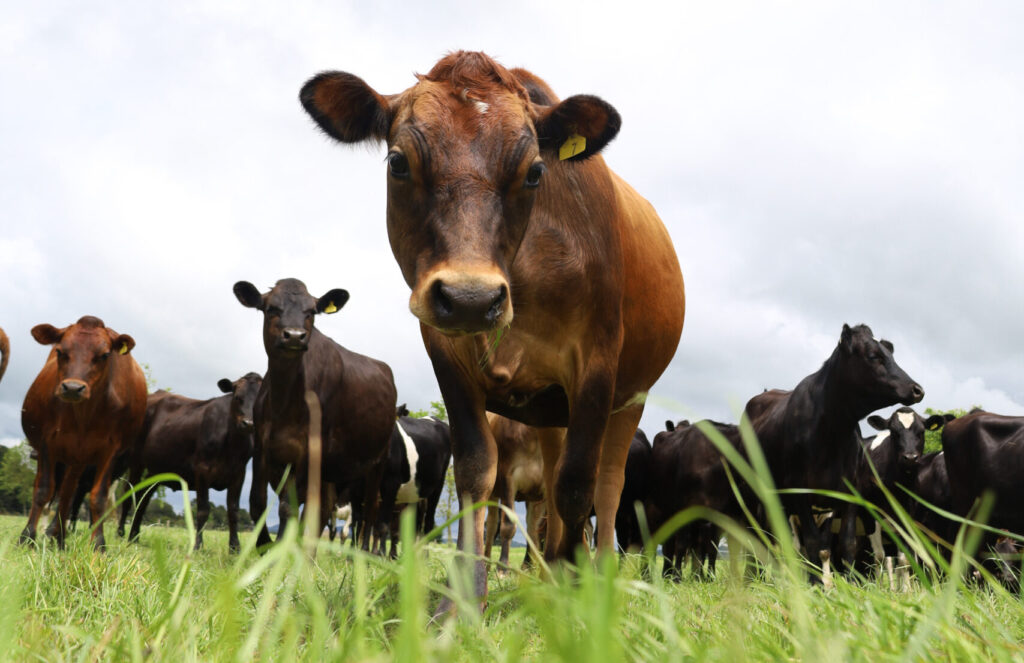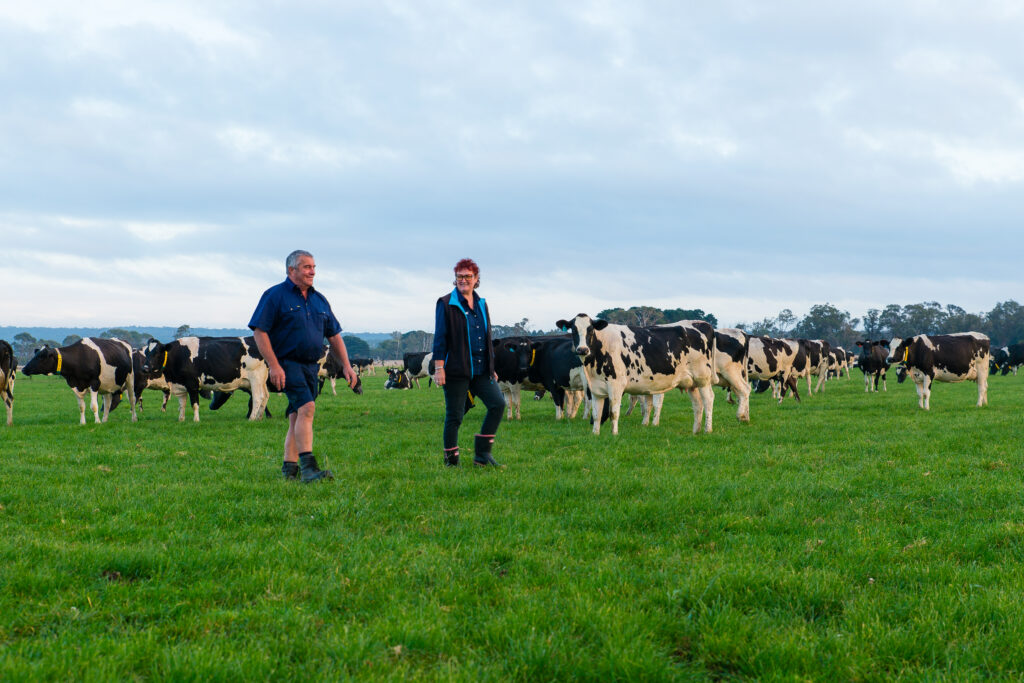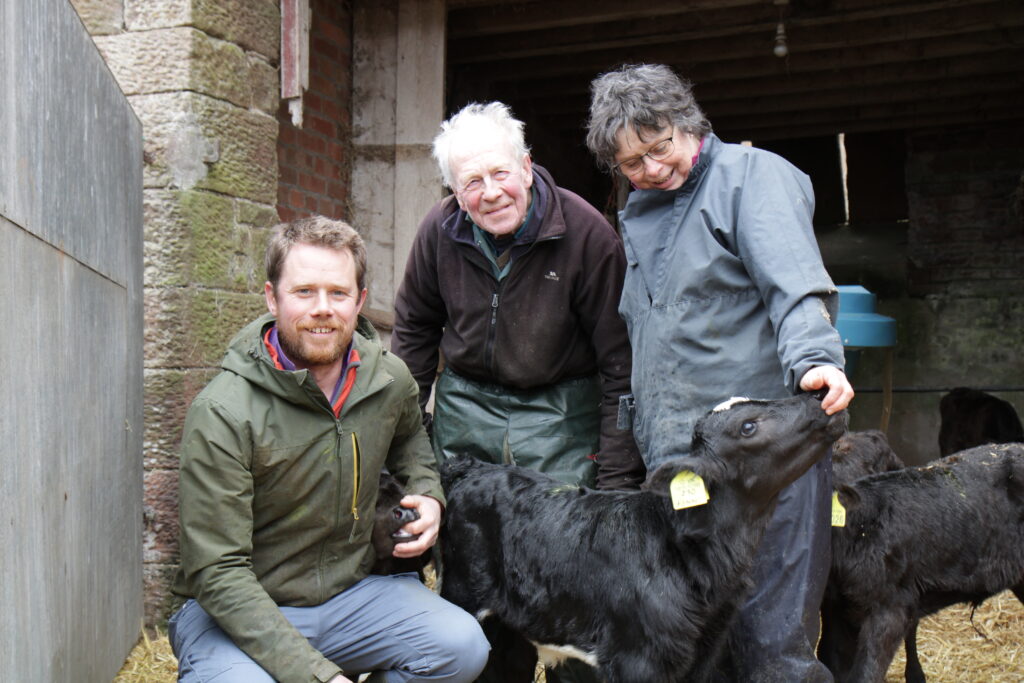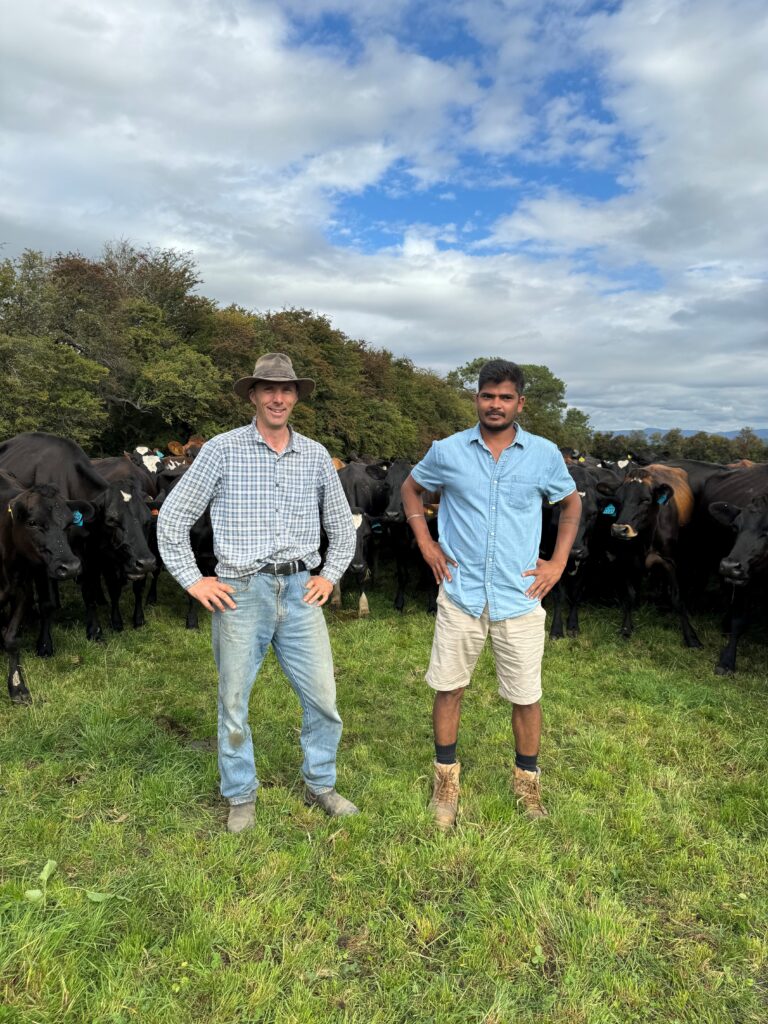Measure your farm’s performance by using these eight key areas that impact reproduction. Making improvements in these eight areas will help lift the reproductive performance of your herd.
Aim for 88% or more of your cows to be calved by week six of calving.
This will give you:
- more days in milk
- a break between calving and mating
- more time for your cows to recover and reach peak fertility before mating starts.
Cows that calve after week six of calving are called ‘late calvers’ and have lower submission, conception and in-calf rates.
Three and six week calving rates of first calvers are the other key calving pattern targets. First calvers have higher calving pattern targets than the rest of the herd. If your first calvers are below target they’re more likely to struggle at the subsequent mating. If they don’t get back in-calf early as a first calver, they’ll calve later the following year. This will make it harder for them to get in-calf early, or at all, as a second calver (three-year-old).
Heifers that meet target liveweights at 15 and 22 months are more likely to get in-calf quickly at 15 months old and get back in-calf early as a first calver.
This will help them to get in-calf quickly, calve early, and get back in-calf early as a first calver. Research shows they generally outperform under-target herd-mates in:
- milk production in their first two lactations
- reproductive performance.
First calvers take approximately 10 days longer than cows to recover from calving and start cycling again, so it’s common to mate them ahead of the herd at 15 months old. Because of this calving pattern targets of first calvers are set above that of the whole herd ensuring they have adequate time to recover. First calver calving pattern targets are as follows.
- 80% calved by week three of calving
- 95% calved by week six of calving
The other key target for first calvers is the 90% three week submission rate.
Failure to reach the calving pattern or submission rate targets could be a reflection of:
- liveweight at 15 and 22 months old
- bull power or bull management
- body condition score at calving (target is 5.5)
- calving pattern
- management once in the herd.
Nutrition and body condition influence many of the other key management areas.
Body condition score (BCS) is a visual measurement of a cow’s body fat reserves. Meeting BCS targets at calving and mating is important to help cows:
- achieve a high 6-week in-calf rate
- achieve optimal health
- maximise production and reproductive performance
- cycle naturally during the first three weeks of mating.
Mature cows need to be BCS 5.0 at calving. First and second calvers should be BCS 5.5. For mating, cows should ideally be at BCS 4.5, but not below BCS 4.0.
Range is important, too. A group of mature cows might have an average calving BCS of 5.0, but this doesn’t mean each cow is actually BCS 5. In reality 50% of the group may be under BCS 5 and the other 50% over BCS 5. This means none of the cows are actually where they need to be. Taking range into account provides a better picture of how well feeding management is really going.
Cows must be submitted for AI at the right time to achieve good conception rates.
Good heat detection is critical and can be costly when done poorly. Good heat detection practices can help deliver:
- more days in milk (18-24 days lost for every missed heat)
- higher conception rate
- higher 6-week in-calf rate
- lower empty rate
- more AB replacements.
In the first three weeks of mating, 95% of your early-calved mature cows should be inseminated. You should also have less than 13% short returns. Herds that meet these targets are likely to have fewer missed heats or ‘invented heats’ (cows mated but were not truly on heat).
For further information see our PDF on the Best Time to Mate
Make sure your bull selection and management is right.
Poor bull selection, inadequate bull power, and poor management can contribute to:
- high not in-calf rates
- disease outbreaks, such as BVD
- calving difficulty
- poor bull health or performance, such as lame or infertile bulls.
Aim to continue to meet target in-calf rates during the natural mating period. Review service bull selection, numbers and management if the in-calf rate falls behind target during the natural mating period.
Read our bull buying and leasing checklist to help ensure a successful natural mating period
Healthy cows are more productive and perform better in the long term for your herd.
Healthy cows are more likely to:
- perform well productively and reproductively
- need fewer interventions and health treatments
- remain in the herd for longer.
Read chapter 12 on cow health of DairyNZ’s Incalf booklet for more guidance.
Artificial insemination technique and semen handling practices can impact conception rates.
Although artificial insemination practices can’t be monitored at an individual herd level, performance of individual technicians can be assessed. LIC constantly monitors the performance of technicians to make sure they deliver the best possible results.
Best practice in this area can help:
- Achieve high 6-week in-calf rates
- Maximise conception rates during AI period
For a hands-on, tailored approach to AI speak with your LIC rep.
If you’re a DIY operator contact your AI service provider to obtain more information.
It’s important to select the right sires to help you avoid genetic contributions that might lower herd fertility.
Different farmers will also have different traits they wish to select for depending on personal preference or farming system.
Best practice in this area can help improve genetic quality and asset worth of your herd
LIC offers a wide range of leading genetics that allow farmers to select for desired traits.
To see available options, take a look at our artificial insemination products.
For a hands-on, tailored approach to genetics speak with your LIC rep.
Contact the LIC rep in your part of the world for more support in improving these key areas of reproduction in your dairy herd.



